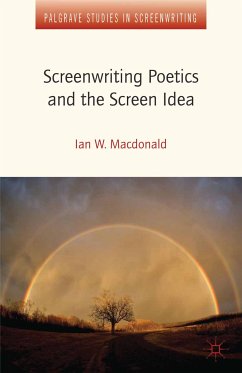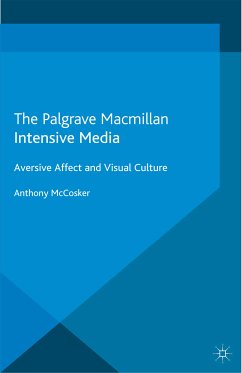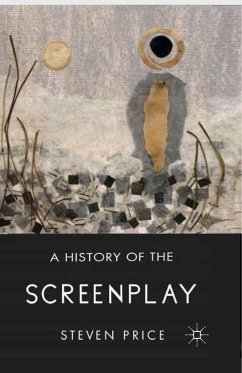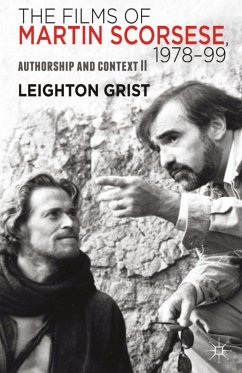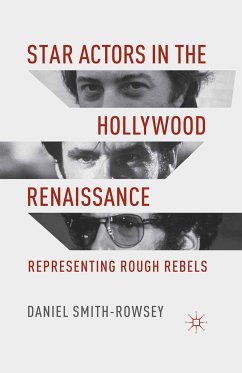Dieser Download kann aus rechtlichen Gründen nur mit Rechnungsadresse in A, B, BG, CY, CZ, D, DK, EW, E, FIN, F, GR, HR, H, IRL, I, LT, L, LR, M, NL, PL, P, R, S, SLO, SK ausgeliefert werden.
Hinweis: Dieser Artikel kann nur an eine deutsche Lieferadresse ausgeliefert werden.
- Luke Hockley, University of Bedfordshire, UK
'In this illuminating synthesis Dr. Batty improves on the Hero's Journey model by tracing the interaction of physical and emotional dimensions in each stage of the adventure, an exercise I wish I'd thought of doing. He brings needed clarity and order to the idea that a good story works on at least two interacting levels and demonstrates his thesis with entertaining examples from popular films. He's made a better map of the countryside of screen storytelling and it will be a useful guide for screenwriters and students of narrative theory alike.'
- Christopher Vogler



